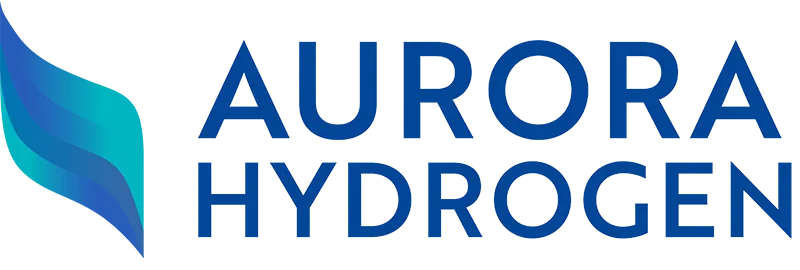Carbon is an important consideration for any organization exploring a technology using methane pyrolysis. Methane pyrolysis uses natural gas and electricity to generate low-cost hydrogen without generating any CO2 emissions. In methane pyrolysis, natural gas is heated up to break apart the hydrocarbon molecules without burning them, producing hydrogen gas (H2) and solid carbon (C). When 4 kg of methane are split apart, 1 kg of hydrogen and 3 kg of solid carbon are produced. Therefore, solid carbon is an important part of the methane pyrolysis story.
Although the hydrogen gas produced by different methane pyrolysis processes is essentially the same — with some variation in quality — the solid carbon products and their market applications can vary significantly, which impacts the opportunities, costs and risks associated with hydrogen production.
Aurora’s unique carbon product is easily transportable, elementally pure and versatile enough to be used in a wide variety of industry applications, from the high-volume needs of the steelmaking or building materials industries to the high-value production of specialty carbon products. Aurora’s carbon product is also the lowest risk carbon produced from methane pyrolysis because of its potential use as a substitute for the multi-billion tonne per year construction sand market.
This paper examines how Aurora’s carbon compares to other carbon products produced by methane pyrolysis and the market applications best suited for each:
- Carbon black
- Specialized carbon
- Aurora’s solid carbon

